Tile grout in an inseparable material in tiling a surface. Sanded and unsanded are two technical types which will be introduced with comparison and contrast in a complete way.
Which grout should you use for tiling walls and which is better for marble floors? Before undertaking your next DIY project, get to know the ins and outs of sanded and unsanded grout.
Grout is a putty-like substance that is used by any homeowner doing their own tiling.
Grout fills the spaces between tiles and keeps them firmly in place.
Although grout is frequently used for home remodeling, many DIYers are unaware that it is available in two different forms: sanded and unsanded.
Read on to evaluate these choices whether you’re laying an entryway floor or installing a kitchen backsplash.
Sanded vs. unsanded grout is compared side by side so that you can choose the best grout when it comes time to choose your materials at the home improvement store.
Compared to unsanded grout, sanded grout is more resistant to cracking and shrinkage.

Sanded grout is held together by tiny sand particles, as its name implies.
As the grout dries, the sand becomes suspended in place, increasing stability, improving crack resistance, and reducing grout shrinkage.
Sanded grout, such as Simple Grout from Custom Building Products, is simple to locate online, at physical home improvement stores, and online.
Sand is a cheap filler, thus sanded grout comes in a wide range of colors and is cost-effective.
For tile floors, sanded grout is ideal.
The best grout for floor tiles is sanded grout since it is more resilient than unsanded grout. When the grout dries, the sand filler makes a stronger bond and shrinks less than unsanded grout.
The wider joints generally found between floor tiles are better suited for sanded grout since it is stronger than unsanded grout.
Unsanded grout should only be used for joints that are up to 1/8 inch thick, but sanded grout can fill joints that are up to 1/2 inch thick.
Tile installations with large joints are better suited for sanded grout.
Tiles with joints that are 1/8 to 1 1/2 inches thick should be grouted using sanded grout because it bonds better and shrinks less than unsanded grout.
A sloppy, inaccurate surface that is prone to breaking is frequently the result of attempting to squeeze thick, sanded grout into thinner joints.
We do not recommend adding water to sanded grout in order to achieve a thinner consistency for smaller joints.
Pinholing, which happens when the extra water evaporates and weakens the structure of the grout, can be caused by thinning sanded grout.
Also keep in mind that you need a wide-joint mixture grout that is more heavily sanded for joints that are 3/8 inch or wider.

Grout that has not been sanded is flexible, smooth, and polymer-bound.
Unsanded grout is sometimes more suitable for a job even though sanded grout is stronger.
Thin grout lines or instances where sanded grout can harm the tile’s surface benefit from the smooth texture of unsanded grout.
When choosing when to use unsanded grout, it’s crucial to consider its cost and restrictions.
As we’ve already mentioned, sanded grout is more durable than unsanded grout.
Products using unsanded grout, like Custom Building Products’ Non-Sanded Grout, also use pricy polymers as bonding agents, which can quickly increase the cost of a restoration.
For joints that are less than 1/8-inch broad, unsanded grout works best.
Because it lacks the silica that gives sanded grout its bulk, unsanded grout is thinner than sanded grout and is therefore simpler to work into tight spaces. Unsanded grout is the best option for any joints that are narrower than 1/8 inch because of its thinner consistency.
Contrarily, sanded grout won’t compact down to adequately cover these narrower grout lines, increasing the likelihood that it will sag, break, or create gaps.
When working with soft, polished tile like limestone and marble, unsanded grout is your best option.
When dealing with a soft, smooth, polished tile like limestone or marble, always use unsanded grout because abrasive sanded grout would probably scratch its surface.
Unsanded grout does not contain the silica aggregate filler that is present in sanded grout, thus when it is applied, it won’t scratch the smooth surface of materials like ceramic, glass, metal, marble, or natural stone.

Look for an epoxy-based unsanded grout, which is incredibly durable and better suited for larger joints, if the spaces between the tiles are 1/8 inch or wider.
Though normally more expensive, keep in mind that epoxy-based choices are less malleable than cementitious ones.
Finish vertical surfaces with unsanded grout for longer-lasting results.
Unsanded grout is particularly sticky due to the lack of sand, extremely low porosity, and high polymer content, which helps it stay in place when tiling a shower wall, backsplash, or other vertical surfaces where gravity may affect the grout.
In contrast, sanded grout is more likely to slump when applied to a vertical surface.
Additionally, since vertical installations don’t have to withstand foot traffic, they don’t require the same level of durability as sanded grout.
All types of grout, with the exception of epoxy-based applications, should be sealed.
Grout that has been sanded should always be sealed, but what about unsanded grout? Yes, that is the answer.
Use a good grout sealer once the job is finished and the grout is dry, whether you’re using the sanded or unsanded variety.

You can prevent moisture from penetrating the grout and beneath the tiles by sealing the grout to form a waterproof barrier.
The sealer is absorbed by the grout, and as it cures, it stops the grout from absorbing other liquids. Except for epoxy-based grout, which is a waterproof grout, both sanded and unsanded grouts need to be sealed.
Grout that has been sanded typically costs less than grout that has not.
The cost of sanded versus unsanded grout is a significant distinction.
Normally, sanded grout costs more than twice as much as unsanded grout.
Sand is a cheap filler that is used in sanded grout, but unsanded grout employs more expensive polymers, which accounts for the price difference between the two varieties.
Sanded grout is therefore a superior choice if money is a concern and the project’s specifications permit it.
Degreaser and a stiff brush can be used to clean grout that has been sanded or unsanded.
To benefit from our experience in trading tiles and start a prosperous business relationship, do not hesitate to contact us.
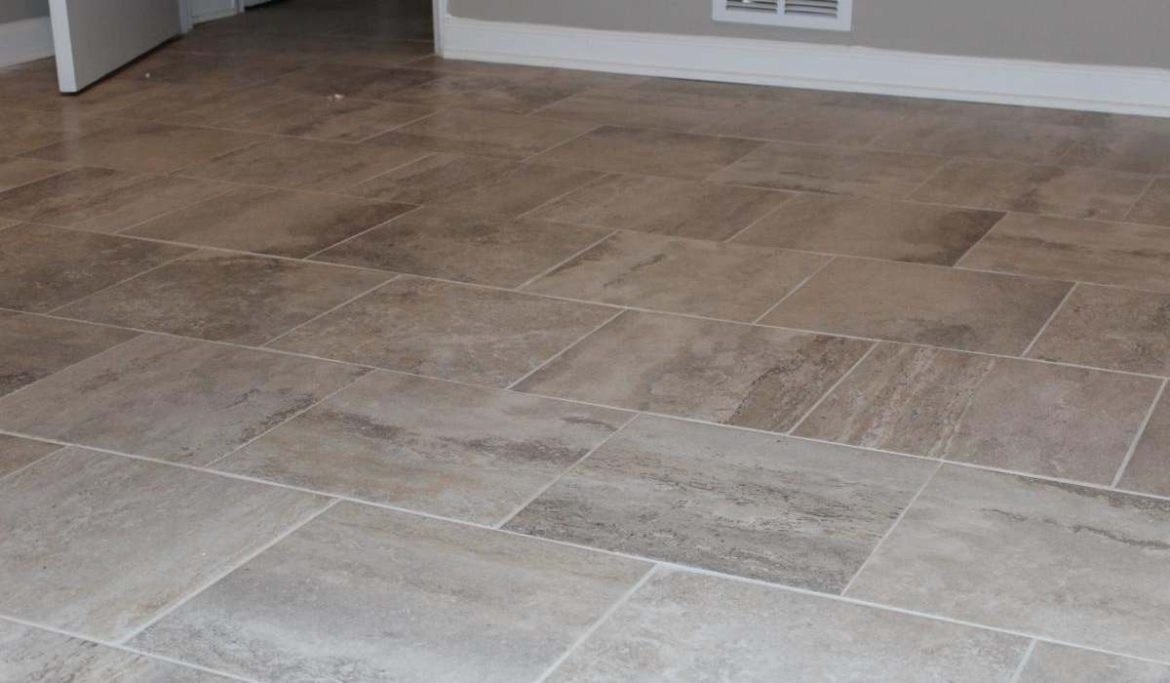

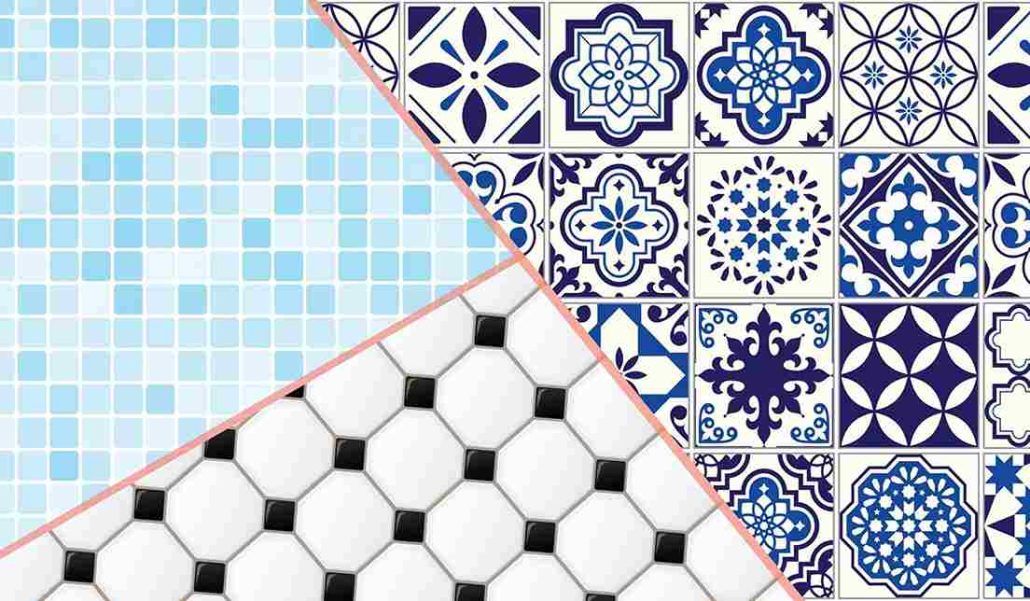
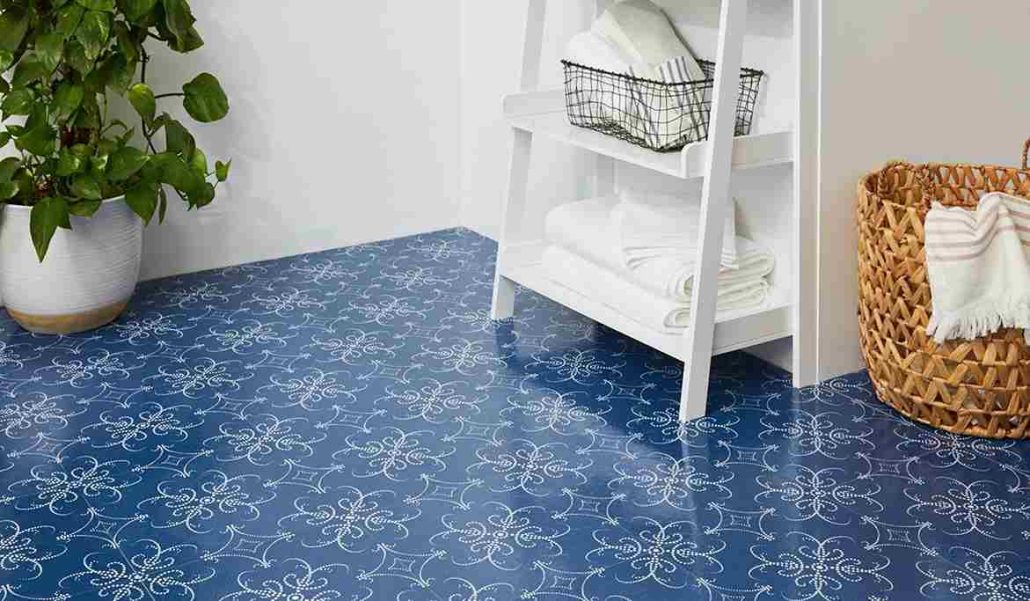

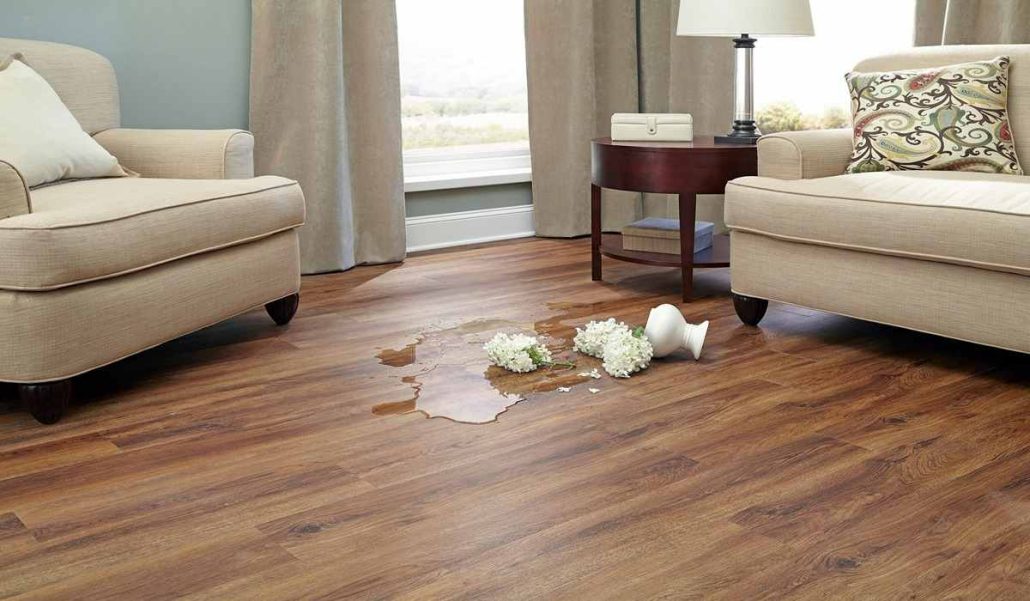
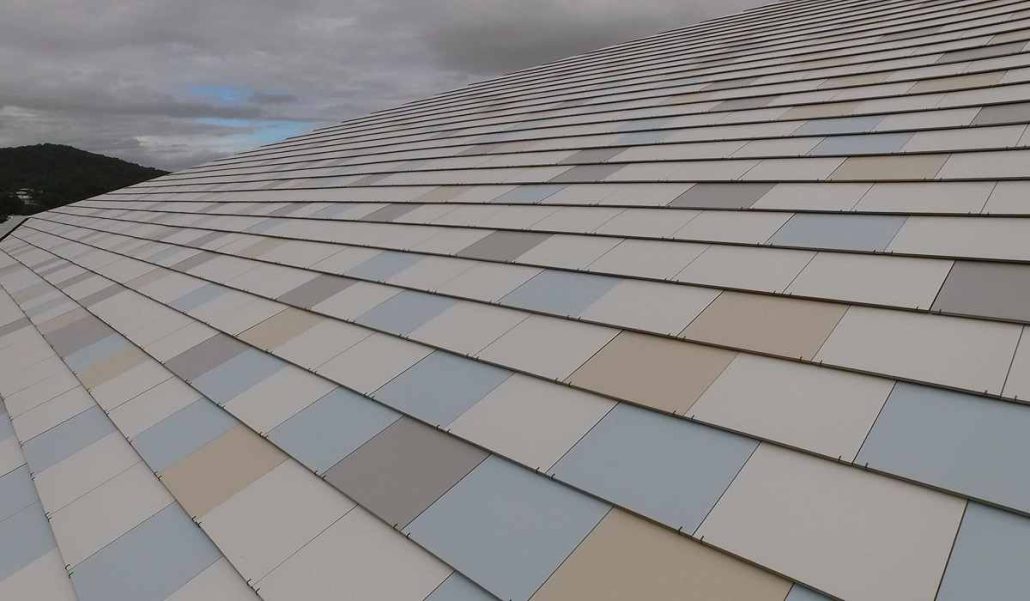
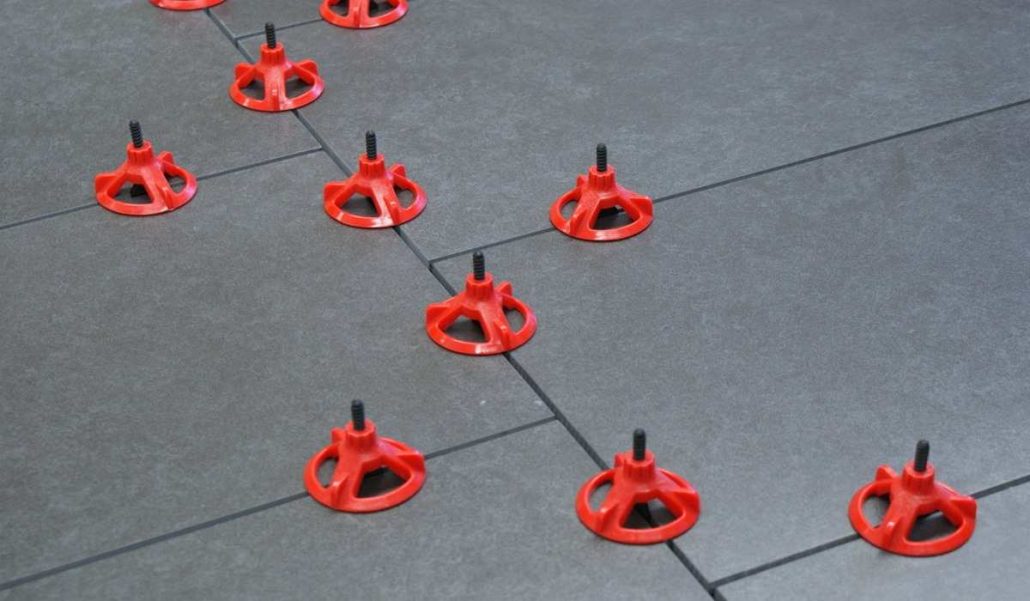


Your comment submitted.